Share
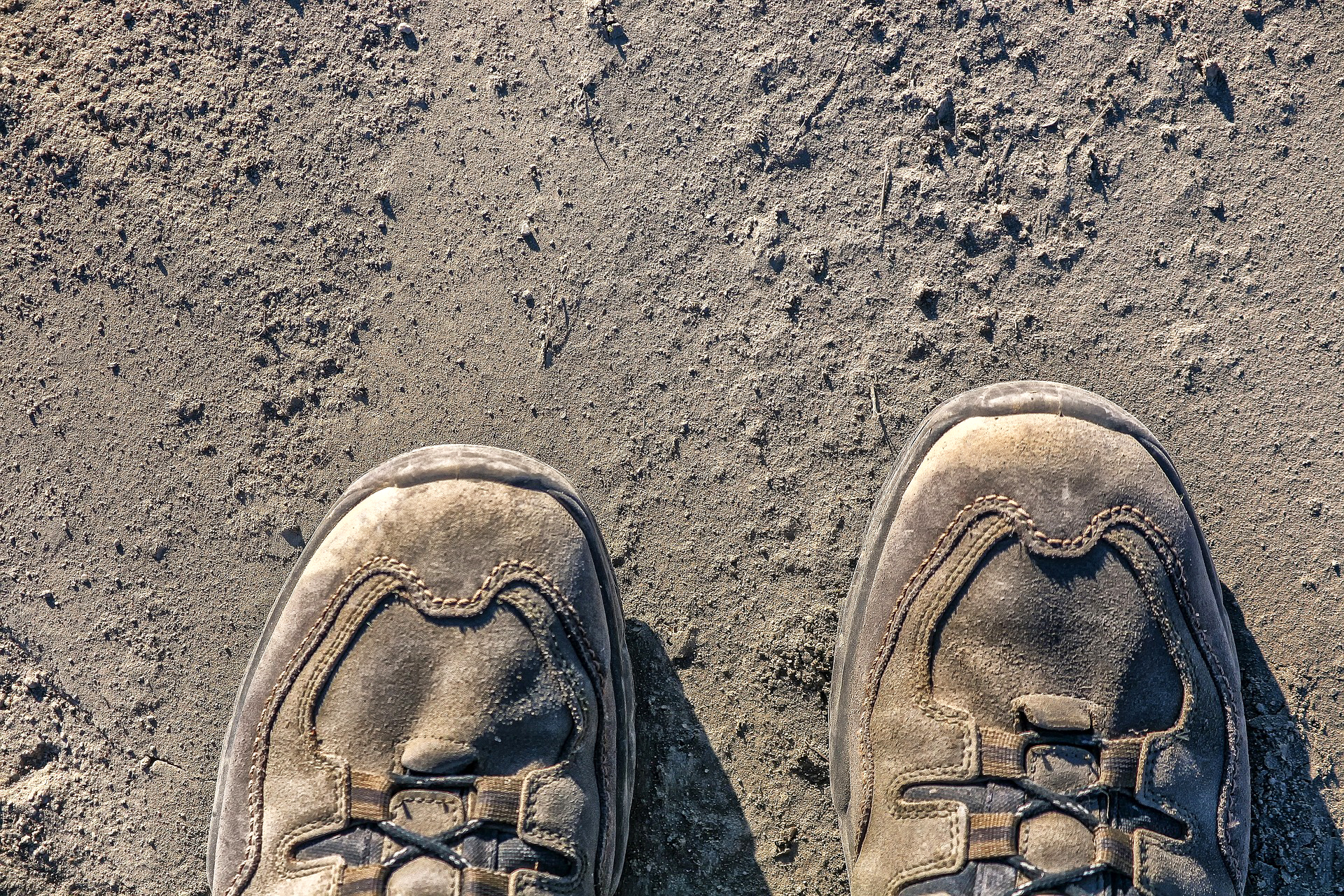
Dust: Nuisance or Nutrients?
“Desert” isn’t usually a word we associate with life. We use “deserted” when something or somewhere has been abandoned, and desert wastelands are a popular setting in media when the scene calls for something barren and basically lifeless as a backdrop. While it’s true that deserts are on the lower end of the scale when it comes to the variety of life that lives within them, that doesn’t mean deserts are dead by any means!
In fact, it’s quite the opposite: some of the most rich and diverse habitats on the planet can only exist thanks to deserts. The secret? Desert dust! That’s right, the thing we’re constantly fighting to keep out of our homes and off of our knickknacks is one of the ingredients that supports the incredible variety of life found around the globe. The biggest and best example of this is the Amazon Rainforest, the most biodiverse land habitat on earth. This rainforest stands out even among other rainforests, all of which are known for their high levels of biodiversity, which is the comparative measurement of how many different species can be found in an area. Tundras, like the North and South Poles, have the lowest biodiversity out of all the different types of land habitats, with only a few species present due to the extreme conditions. Rainforests, meanwhile, are the most biodiverse due to the abundance of natural resources readily available for plants, animals, and fungi there, and the Amazon Rainforest is the crown jewel among them with over 3 million species calling it home.

A small sampling of the Amazon Rainforest
To understand why the Amazon Rainforest is so lush with life, we have to understand the food chain. Large predators at the top of the food chain that call the Amazon home like jaguars, Harpy Eagles, and caiman, need a steady supply of prey to survive, and in turn the prey need a steady supply of food that comes from plants. Fruits, nectar, leaves, branches, and roots are all food sources necessary to support a robust population of prey animals, which means you also need a large and steady population of plants. Plants get their nutrients from the soil, so in order to have this amazingly diverse rainforest, you need to have soil with enough nutrients (plus water and sun, of course) to feed an amazingly diverse variety of plant species. Over 80,000 species of plants are found in the Amazon thanks to the nutrient-rich organic soils there, but not all nutrients can be replaced at the rate that many plants need them. The solution? Dust storms.
We don’t mean dust storms within the forest itself either, this dust makes a 1,600 mile journey across the ocean all the way from Africa. In 2015, NASA tracked a cloud of dust that kicked up in northern Africa’s Sahara Desert and crossed the Atlantic Ocean to settle out across the Amazon Rainforest. The main nutrient this dust provides is phosphorus, which is used as plants grow, and is one of the main nutrients found in commercial fertilizers due to how important it is for plant health. NASA found that the amount of phosphorus brought in every year by these transoceanic dust storms, about 22,000 tons, is nearly the same amount of phosphorus taken out of the Amazon’s soils annually, meaning that without this desert dust the Amazon wouldn’t be able to support its vast amount of plant life, and with it all of the other life too. It’s only because of the Sahara Desert that we can have the Amazon Rainforest as we know it today.
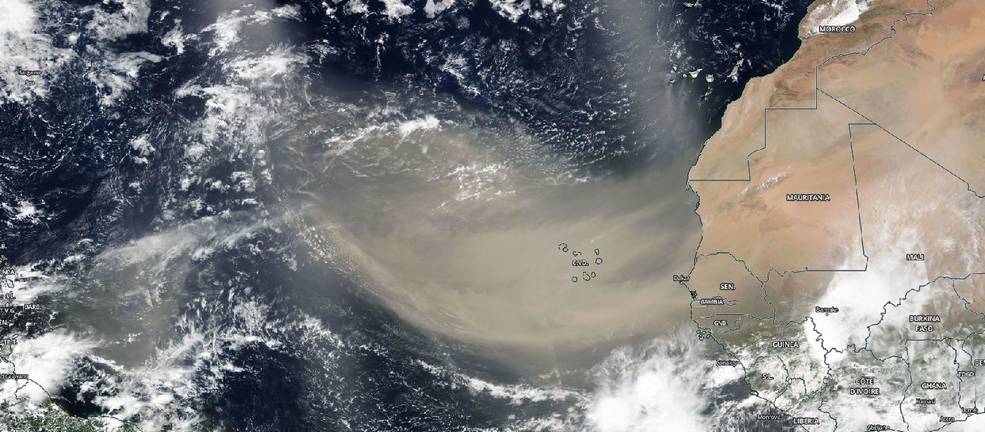
Dust from the Sahara crossing the Atlantic
While this is an extreme example, desert dust helps provide nutrients elsewhere on earth too. That same dust from the Sahara also helps plants in Mexico, the United States, and even up into Canada. Desert dust, in the right amount, even helps promote the health of coral reefs. Right here in Nevada, dust from our Nevadan deserts, arid regions in California, and all the way from the Gobi Desert in Asia collects in the Sierras and helps provide nutrients for our alpine plants.
This doesn’t mean dust is always good! Your houseplants still need to be dusted, we’re sorry to say, as the dust on their leaves will block light and reduce their ability to photosynthesize. Too much dust blown into the oceans can block out light to coral reefs and kill them just as well. Our desert soils are harsh to live in directly too, with a high pH, high levels of salt, tendency to not be very good at holding water, and low levels of other vital nutrients like nitrogen. This makes it challenging for most plants to survive here, let alone thrive. Don’t let that scare you off though, the Great Basin is still home to more than 800 species of native plants, and hundreds of others are able to survive in our gardens and landscaping with the proper care.
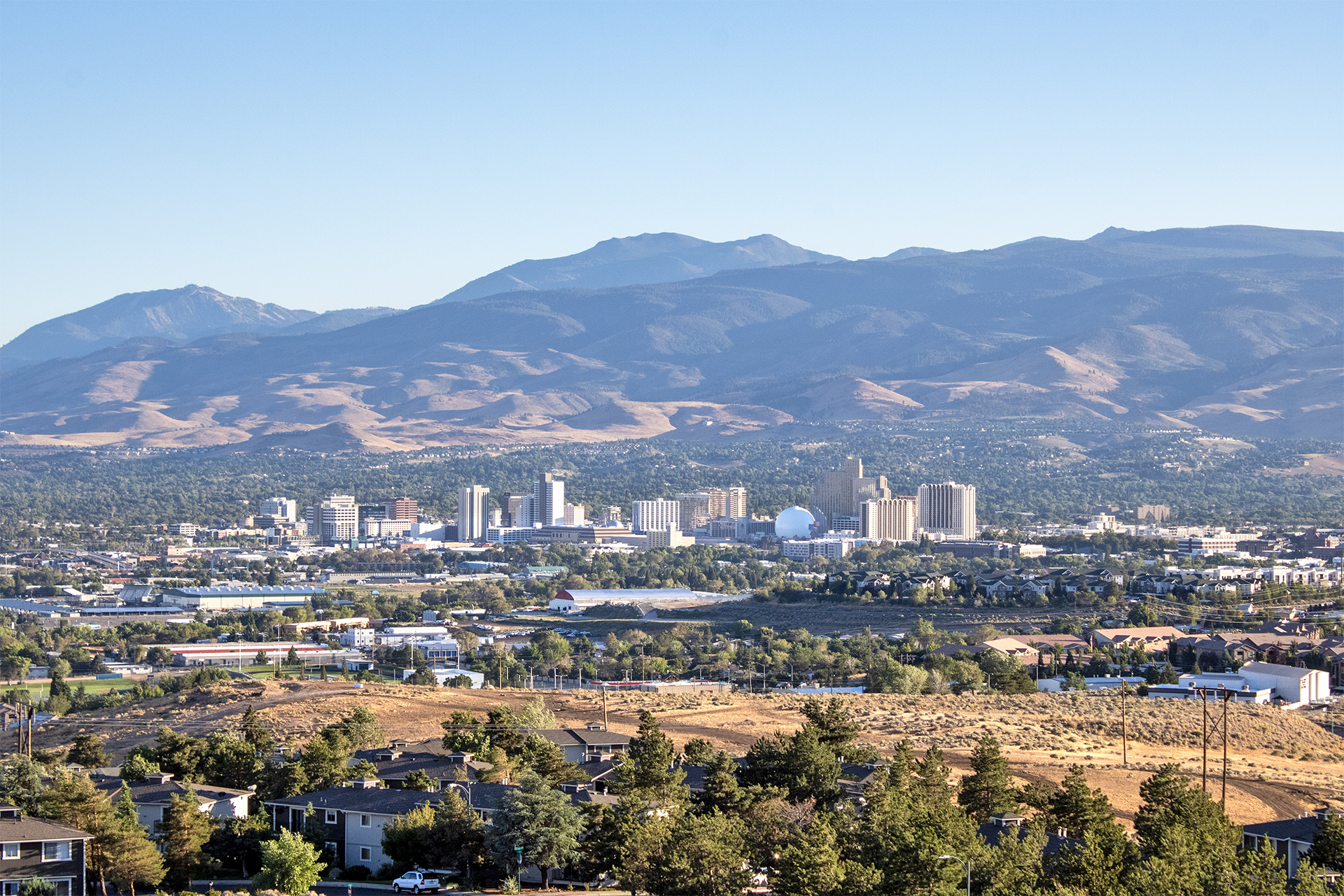
“Proper care” looks different for every plant of course, but two of the main things we can do to help ensure our gardening success are getting plants acclimated to our area as early as possible and understanding the limits of what we can do to change our soil. Locally grown plants are the gold standard when it comes to acclimating to all sorts of desert conditions. These plants have already spent part or all of their lives right here in our desert climate, which means they’re used to it and are ready to keep growing in those same conditions, which is why we pride ourselves on growing our plants for our region. Choosing native or near-native species is even better, as these plants are not only grown in our region but are specifically adapted to it. Things like Silver Buffaloberry, juniper, phlox, and lupine are all fantastic plants that not only can handle the climate and soils here, but actively thrive in it.
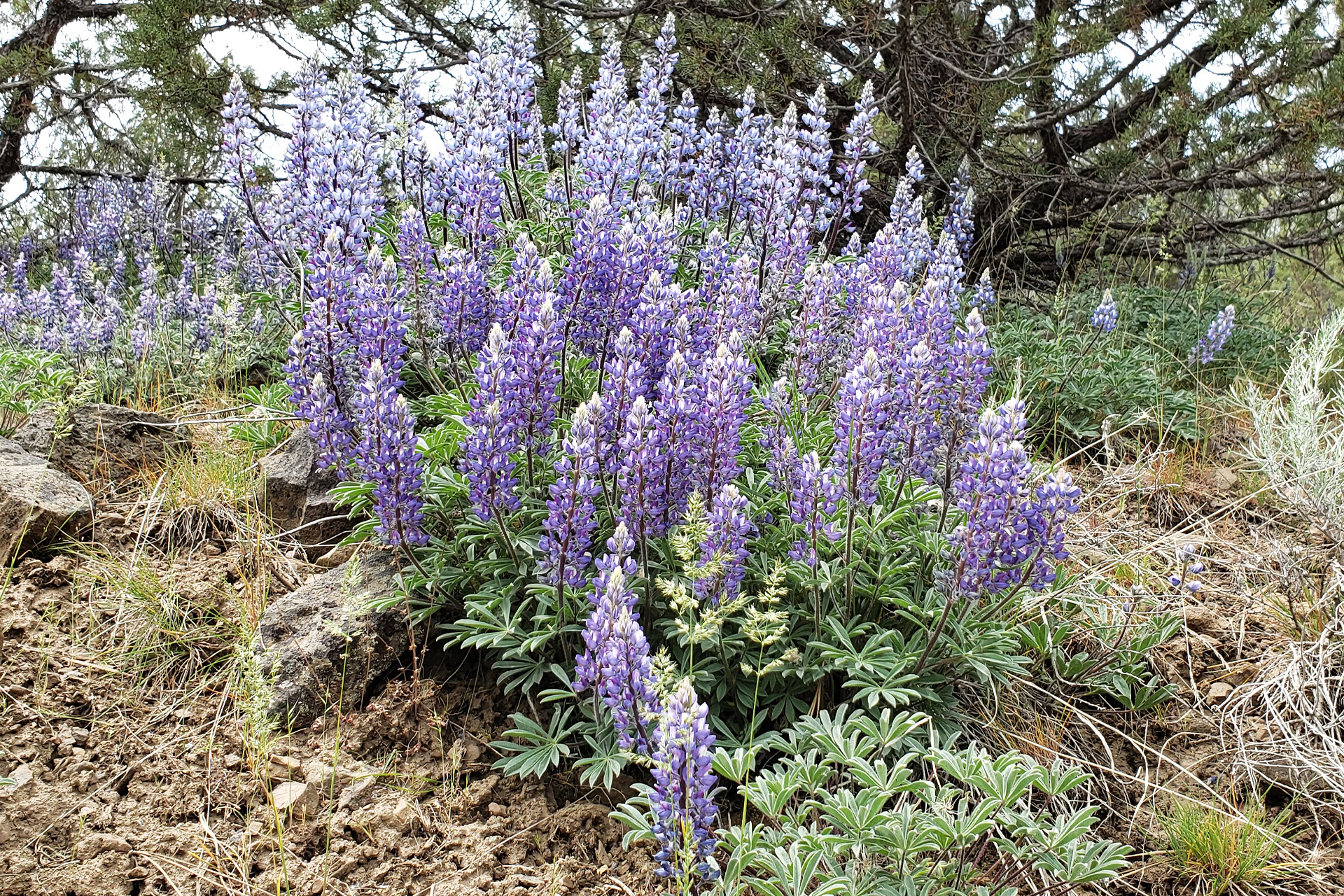
Silvery Lupine, a native species
When it comes to plants that need extra help with our soil, be prepared to either grow them in containers or use soil amendments. Plants that need acidic soil, for example, should be grown in containers. This allows you to keep them in purely acidic soil without having to worry about any surrounding native soil, which is alkaline here, changing the pH over time and killing your plants. If you have to grow them in the ground though, understand that you’ll be fighting a constant battle against the native soil no matter how much acidic soil you add. There’s just so much more of the native soil, and it’s being constantly naturally replenished compared to the bagged acidic soil you might add to an in-ground planting. It’s certainly not impossible, but it’s work. Whether it’s worth it is up to you to decide, just keep in mind that this is not something that can be changed.
For plants that need more nutrients but are otherwise fine with the conditions of our native soil, make sure you’re giving them the correct type and amount of fertilizer at the right time for their growing cycle, and consider using soil amendments like mulch or Soil Building Conditioner to help add additional organic nutrients while locking in what’s there to begin with. It may take a few extra steps for deserts to help support life, whether you’re growing here in the Great Basin or dust is being transported across the ocean to grow plants elsewhere, but deserts are far from lifeless!

If you have any questions, stop by any one of our three Moana Nursery garden centers or contact us online.
Share
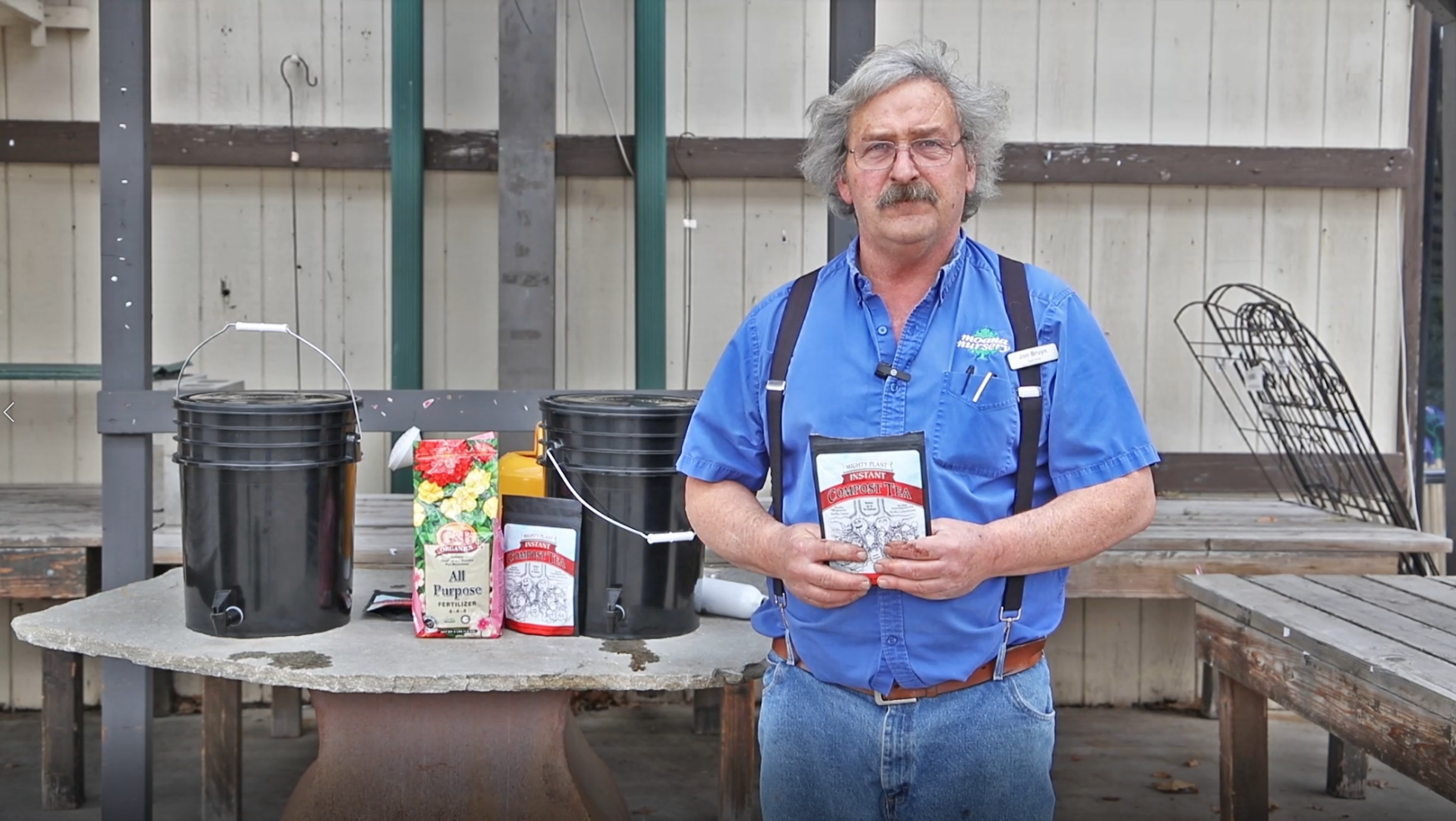
Instant Compost Tea is a game-changer for gardeners looking for an easy and effective way to boost the health of their plants and soil.
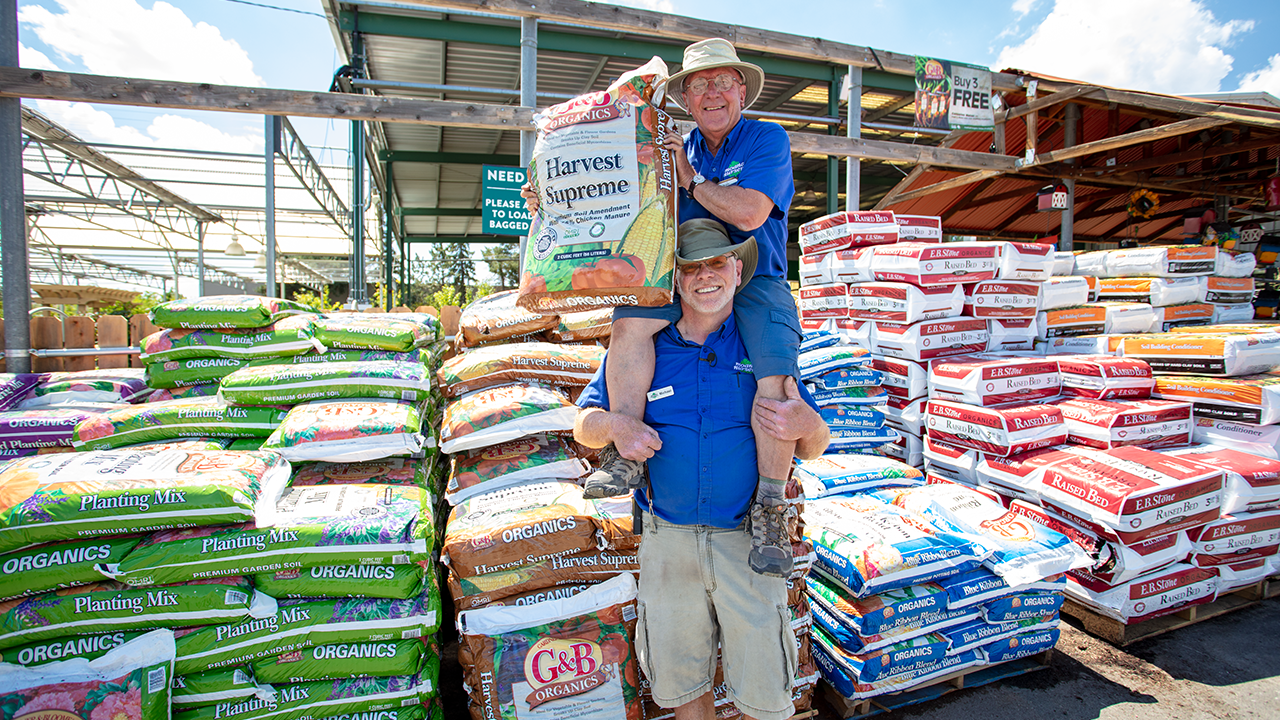
In casual conversation dirt and soil are often used interchangeably, but when it comes to gardening they’re worlds apart! Both come from the ground though, right? What’s the difference?
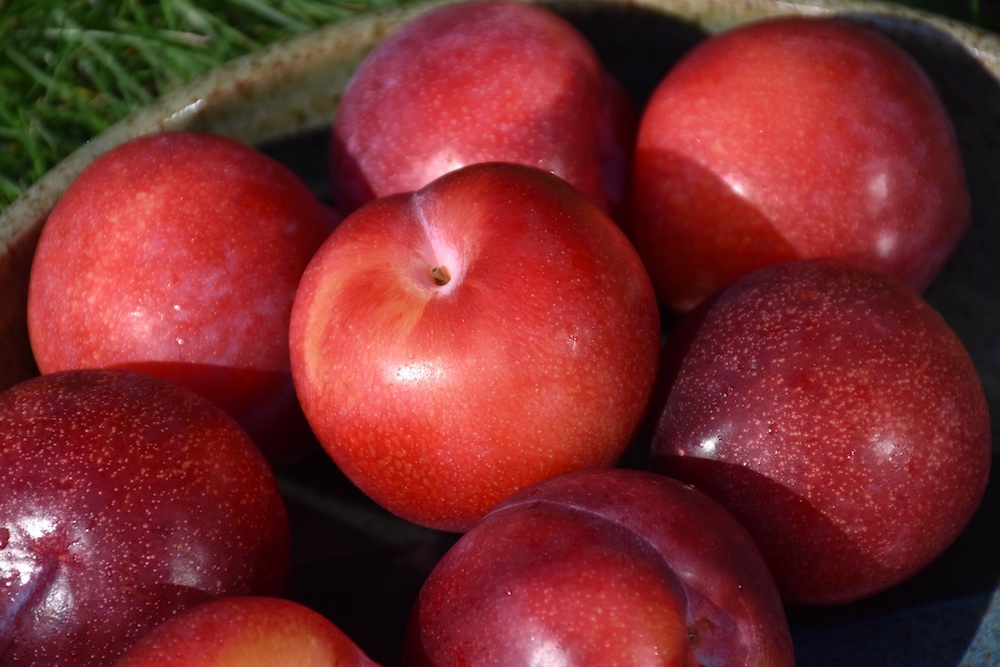
Learn how to plant, feed and care for your fruit trees! Snr. Plant Doctor, Steve Packer teaches you how to feed your fruit trees so they can feed you!
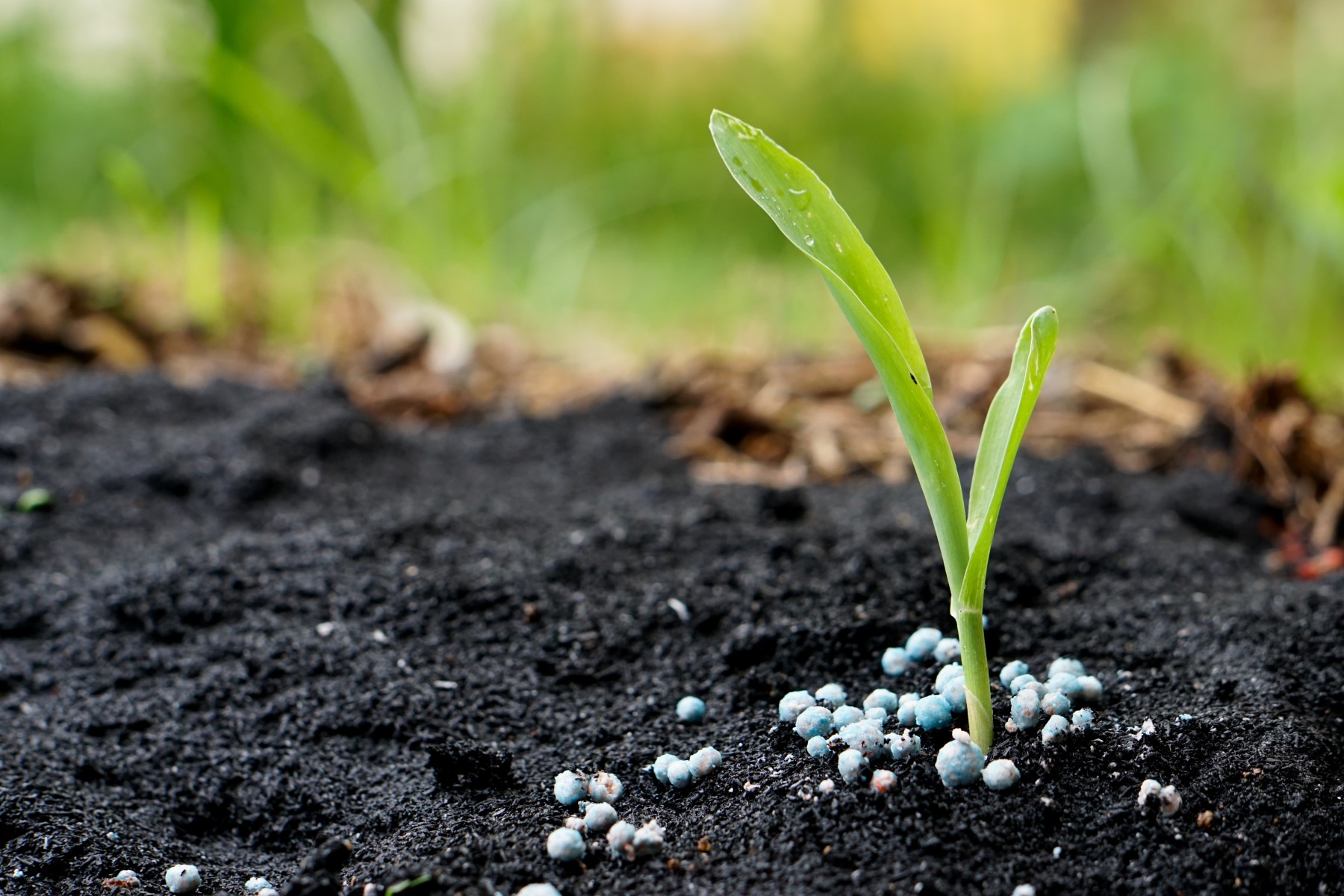
Feeding your soil is key to a healthy and thriving garden. Learn about the best ways to fertilize your garden to keep your soil (and garden) healthy and happy!
